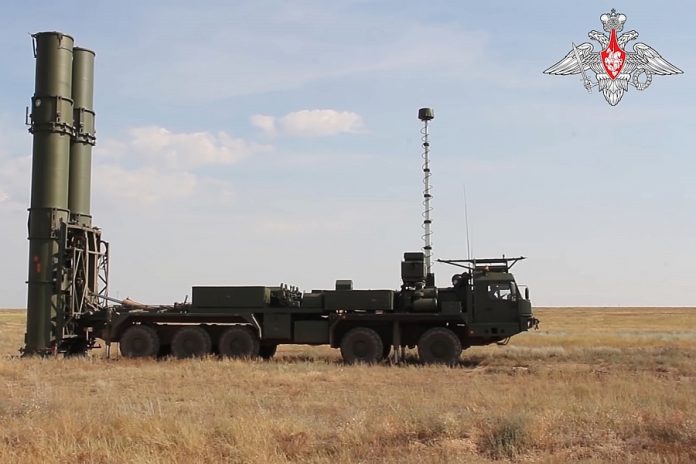
The Kremlin is banking on its advanced surface-to-air missile (SAM) systems to counter the Western weaponry being supplied to Kyiv for bolstering its defense. Moscow is particularly relying on its S-500 Prometheus SAM system, which it hails as a formidable “fifth-generation killer,” although there are differing opinions on its actual capabilities.

According to a report by The Eurasian Times, last month, Russia’s then-defense minister, Sergei Shoigu, disclosed that the Russian Armed Forces would soon receive the initial shipment of Prometheus systems later this year.
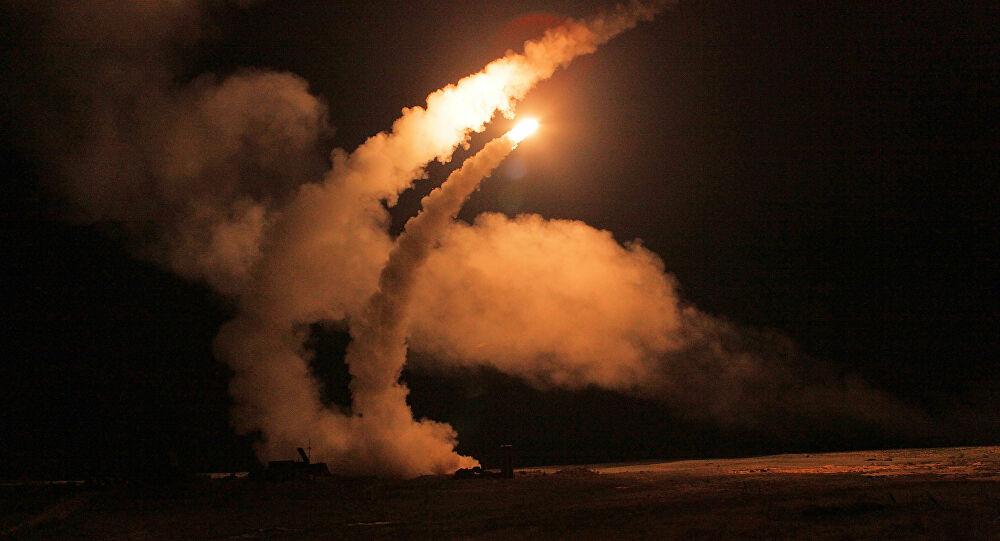
Shoigu outlined that these weapons would come in two variants: as long-range air defense missile systems and as anti-missile defense complexes.
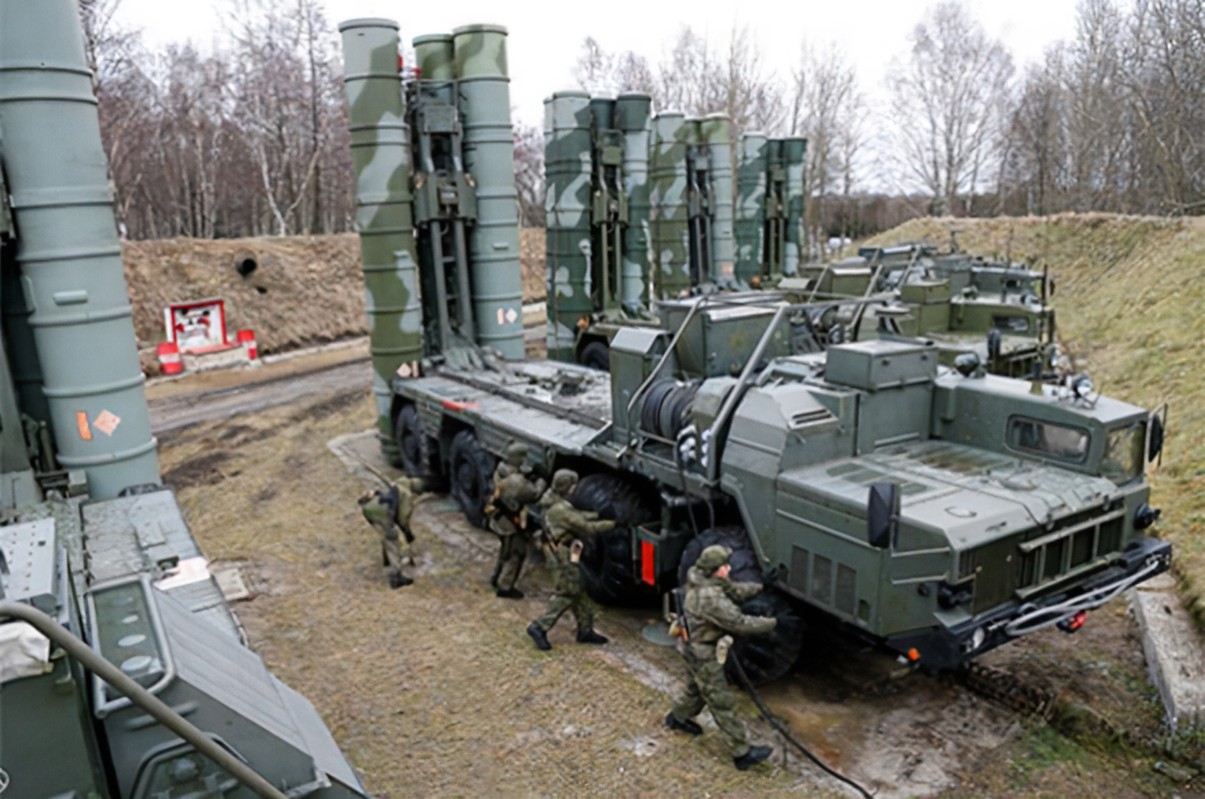
With Ukrainian forces introducing American-made F-16 Fighting Falcons into their arsenal, the Kremlin is pinning its hopes on its proclaimed powerhouse SAM system to neutralize these fourth-generation fighters. The development and design of the S-500 SAM system are overseen by Russia’s Almaz-Antey manufacturer.
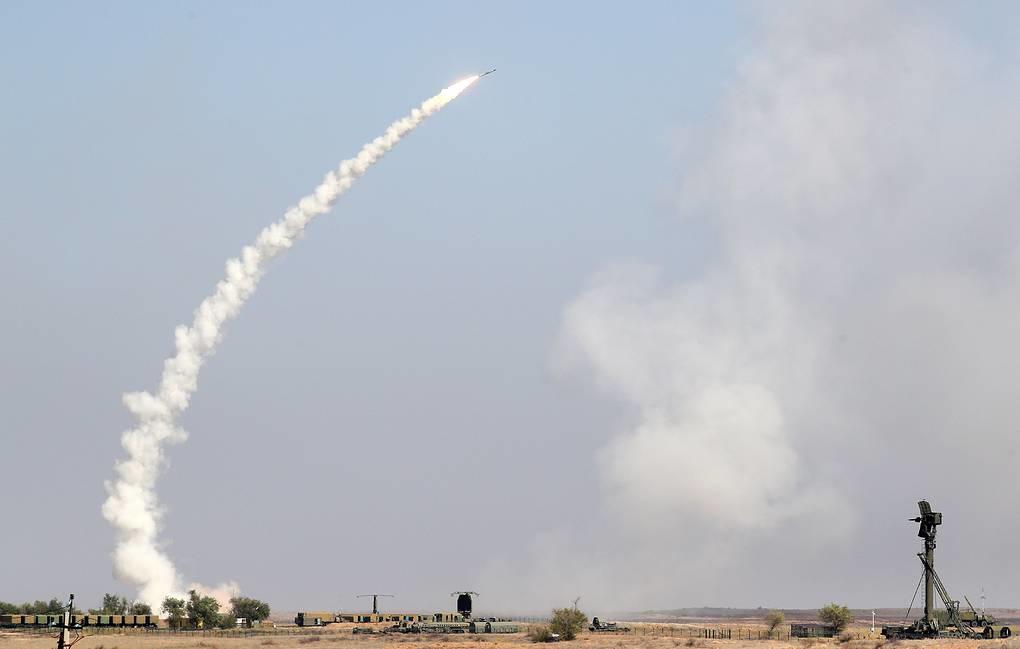
During the Cold War era, the Soviets relied on the S-200 Angara high-altitude SAM system for defense against enemy bombers, which replaced the B-25 Berkut in the mid-1960s.
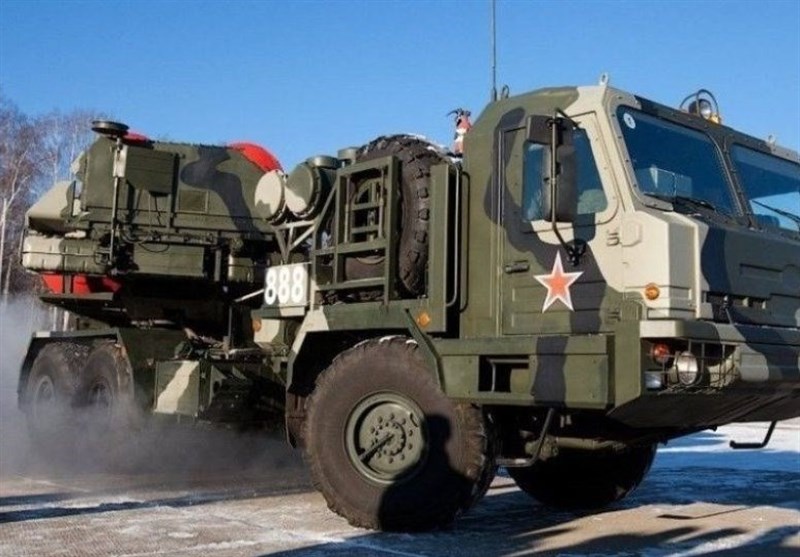
Following the operational success of the Angara, the Soviets embarked on developing an even more advanced successor, the S-300, intended to counter emerging threats such as the West’s new fourth-generation fighter jets. Subsequently, the S-300 SAM system was succeeded by the S-400.

Now, the focus shifts to the S-500 Prometheus, designed to counter fifth-generation aircraft as well as low-orbit satellites. However, like many of Russia’s military projects, the S-500 has encountered numerous delays.

Although Moscow declared the completion of its design development phase in 2011, the serial production of the SAM system has been postponed multiple times, most recently to 2025.

In 2018, Russia announced the completion of its longest-range SAM test using the S-500 system, reportedly capable of targeting objects up to 300 miles away, as per state-run media. A year later, the Russian Defense Ministry released footage depicting a purportedly successful launch of a new anti-ballistic missile system, suspected to be the S-500 Prometheus once again.

Upon the S-500’s operational readiness, Moscow is expected to export this advanced SAM system to Ankara and Beijing. Turkish President Recep Tayyip Erdogan disclosed plans for collaborative production of the S-500 with Russia, underscoring potential future partnerships in defense technology.
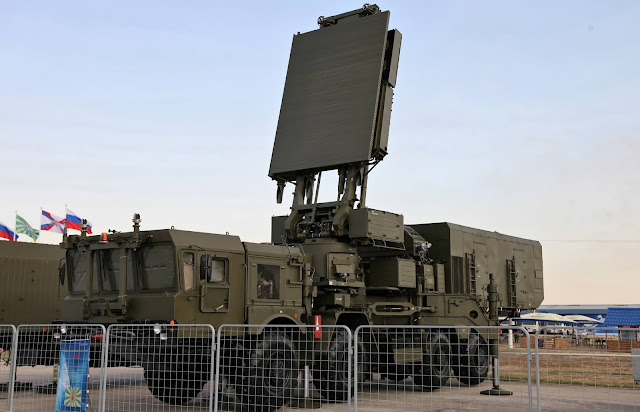
According to the Center for Strategic and International Studies (CSIS), the S-500 system is equipped with 40N6M long-range missiles capable of reaching distances of up to 400 kilometers, while the 77N6 series interceptors boast a range of approximately 600 kilometers.
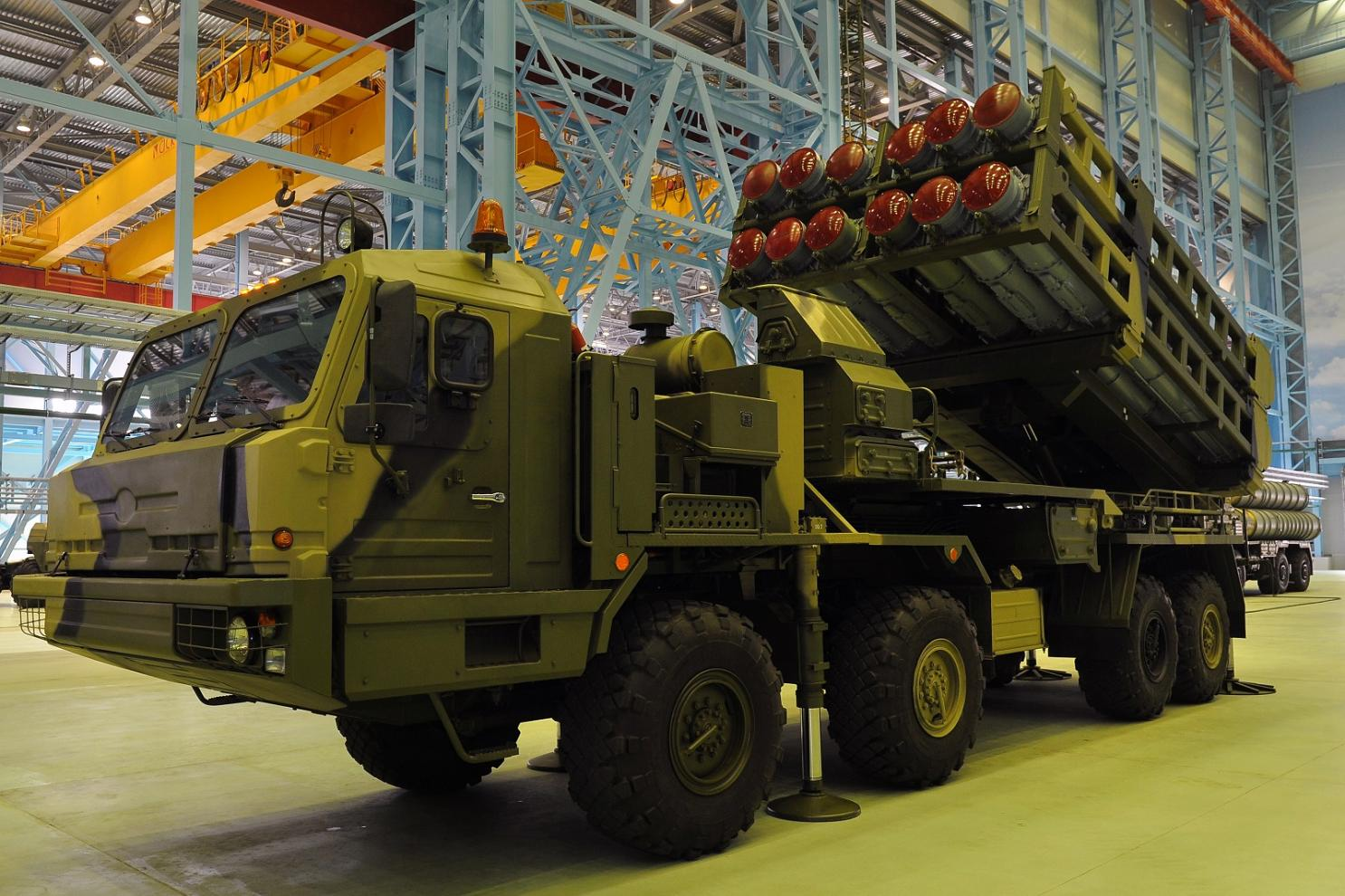
CSIS elaborates on the system’s radar capabilities, noting its deployment of four radar vehicles per battery, including the 91N6E(M) S-band acquisition radar, 96L6-TsP C-band acquisition radar, 76T6 multi-mode engagement radar, and 77T6 anti-ballistic missile engagement radar. This sophisticated radar complex reportedly enables the S-500 to detect ballistic targets at distances of up to 2,000 kilometers and airborne targets at distances of up to 800 kilometers.

Moscow asserts that its new Prometheus system is uniquely capable of intercepting the country’s Kinzhal hypersonic missiles, designated by NATO as Dagger. The Kh-47M2 Kinzhal boasts an estimated range of around 300 miles and a reported top speed of Mach 10, making it one of Moscow’s most potent weapons, capable of carrying both conventional and nuclear warheads.

With its purported ability to detect and intercept airborne threats up to 600 kilometers away, the S-500 can engage incoming dangers well before they reach military assets or vital infrastructure.

As detailed by Army Recognition, the S-500 Prometheus integrates advanced radar technology and command-and-control capabilities, facilitating the seamless detection, tracking, and engagement of multiple targets simultaneously, including stealth aircraft and missiles employing low-observable technology to evade detection.
Relevant articles:
– S-500: Russia’s New Air Defense That Could Win a War Against NATO?, The National Interest
– Where is Russia’s S-500 air defense system?, Defense News
– Russia’s fearsome S-400 air-defense system isn’t quite living up to the hype in Ukraine, Business Insider Nederland
– First regiment of S-500 air defense systems to defend Moscow — source, TASS
